Home>Technology>Security & Surveillance>How To Choose A Smart Lock
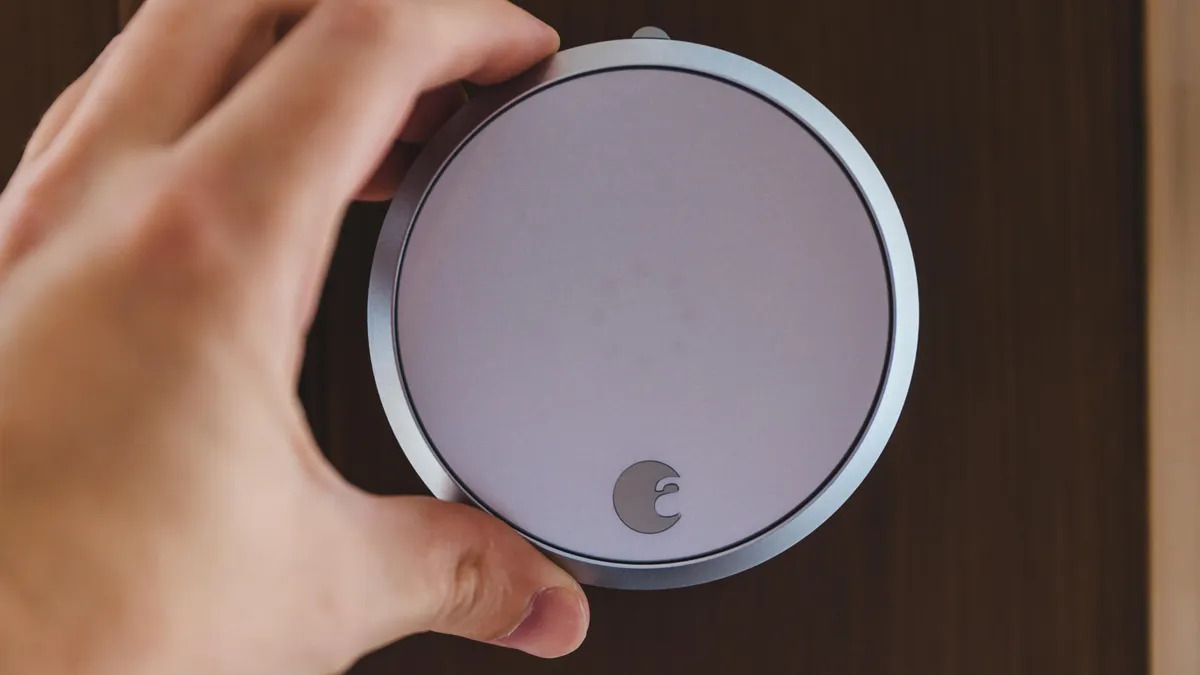

Security & Surveillance
How To Choose A Smart Lock
Modified: January 4, 2024
Learn how to choose a smart lock for your home security and surveillance needs. Find the best options for your peace of mind.
(Many of the links in this article redirect to a specific reviewed product. Your purchase of these products through affiliate links helps to generate commission for Storables.com, at no extra cost. Learn more)
Introduction
Welcome to the future of home security! As technology continues to revolutionize our daily lives, it's no surprise that it has made its way to our doorsteps in the form of smart locks. These innovative devices offer a seamless and secure way to protect your home while adding a touch of convenience to your everyday routine.
In this comprehensive guide, we will explore the world of smart locks, providing you with valuable insights to help you make an informed decision when choosing the perfect smart lock for your home. Whether you're a tech enthusiast or simply seeking to bolster your home's security, this article will cover everything you need to know about selecting the ideal smart lock for your needs.
So, let's dive into the exciting realm of smart locks and discover how these cutting-edge devices can elevate the security and convenience of your home!
Key Takeaways:
- Smart locks offer diverse options like keyless entry, biometric, and Wi-Fi-connected locks, providing convenience and security. Understanding compatibility, security features, and power sources is crucial for choosing the right smart lock.
- When choosing a smart lock, consider connectivity options, installation process, and budget implications. Prioritize security, convenience, and long-term value to make an informed and rewarding investment for your home.
Read more: How To Lock Eufy Smart Lock
Types of Smart Locks
When it comes to smart locks, there is a diverse range of options to choose from, each offering unique features to cater to different preferences and security needs. Understanding the various types of smart locks can help you narrow down your choices and find the perfect fit for your home.
1. Keyless Entry Smart Locks: These locks eliminate the need for traditional keys, allowing you to unlock your door using a keypad, touchscreen, or smartphone app. Keyless entry smart locks offer convenience and flexibility, as you can grant access to family members, friends, or service providers without the hassle of physical keys.
2. Biometric Smart Locks: Utilizing advanced fingerprint recognition technology, biometric smart locks provide a high level of security by scanning and verifying authorized fingerprints to unlock the door. This cutting-edge approach offers an added layer of protection against unauthorized access.
3. Bluetooth-Enabled Smart Locks: These locks connect to your smartphone via Bluetooth, allowing you to unlock or lock the door as you approach or leave your home. Bluetooth-enabled smart locks offer seamless, hands-free operation, making them a convenient choice for busy individuals.
4. Wi-Fi-Connected Smart Locks: With Wi-Fi connectivity, these smart locks enable remote access and control through a dedicated mobile app or a web interface. This feature allows you to monitor and manage your lock from anywhere, providing peace of mind and flexibility, especially when you need to grant access to visitors while away from home.
5. Smart Lock Conversion Kits: For those who prefer to retain their existing mechanical lock, smart lock conversion kits offer a simple way to upgrade to smart functionality. These kits can be installed on the interior side of the door, allowing you to enjoy the benefits of a smart lock without replacing the entire locking mechanism.
Each type of smart lock comes with its own set of benefits and considerations, so it’s essential to evaluate your specific requirements and preferences to determine which type aligns best with your lifestyle and security objectives.
Compatibility with Existing Door
Before selecting a smart lock, it’s crucial to assess its compatibility with your existing door and lock mechanism. The last thing you want is to invest in a smart lock only to find that it isn’t compatible with your door, leading to installation challenges and potential security vulnerabilities.
1. Door Type: Smart locks are designed to be compatible with various door types, including standard wooden doors, metal doors, and uPVC doors. It’s important to check the specifications of the smart lock to ensure that it is suitable for the material and thickness of your door.
2. Lock Configuration: Consider the type of existing lock on your door. Some smart locks are designed to replace the entire deadbolt mechanism, while others can be installed as retrofit devices, working in conjunction with your current lock. Understanding the compatibility of the smart lock with your door’s lock configuration is essential for a seamless installation process.
3. Door Measurements: Take accurate measurements of your door, including the backset and the borehole diameter, as smart locks have specific requirements for installation. Ensuring that the dimensions align with the smart lock’s specifications will prevent any issues during the installation process.
4. Additional Hardware: Depending on the design of your door and existing lock, you may need additional hardware or accessories to facilitate the installation of the smart lock. Some smart locks come with adjustable backsets or include supplementary components to accommodate a wide range of door configurations.
5. Professional Assessment: If you’re unsure about the compatibility of a smart lock with your door, consider consulting a professional locksmith or a smart lock installation expert. They can provide valuable insights and recommendations based on the specific characteristics of your door, ensuring a secure and proper fit for the smart lock.
By carefully evaluating the compatibility of a smart lock with your existing door, you can streamline the installation process and ensure that the smart lock seamlessly integrates with your home’s entryway, providing reliable security and convenience.
Security Features
When it comes to safeguarding your home, the security features of a smart lock play a pivotal role in providing peace of mind and protection against unauthorized access. Understanding the array of security features available in smart locks can help you make an informed decision when selecting the ideal option for your home.
1. Advanced Encryption: Look for smart locks that utilize robust encryption protocols to secure communication between the lock and the associated mobile app or control panel. Advanced encryption helps prevent unauthorized interception of data, ensuring that your smart lock remains resistant to hacking attempts.
2. Tamper Detection: Many smart locks are equipped with tamper detection mechanisms that can alert you to any attempts to forcibly manipulate or damage the lock. These features provide an added layer of security by notifying you of potential security breaches in real time.
3. Auto-Lock Functionality: Smart locks with auto-lock capabilities can automatically secure the door after a predetermined period, reducing the risk of inadvertently leaving the door unlocked. This feature is especially beneficial for individuals who prioritize convenience without compromising on security.
4. Access Logs and Alerts: Some smart locks offer the ability to maintain access logs, allowing you to track who has entered or exited your home and at what times. Additionally, receiving real-time alerts on your smartphone regarding door activity can help you stay informed about any unexpected or unauthorized access attempts.
5. Physical Durability: Assess the physical construction and durability of the smart lock to ensure it can withstand tampering or forced entry. Look for features such as reinforced metal components and impact-resistant designs to enhance the overall robustness of the lock.
6. Integration with Home Security Systems: Consider smart locks that seamlessly integrate with your existing home security system, enabling centralized monitoring and control of all security components. This cohesive integration can enhance the overall security posture of your home.
By prioritizing security features such as encryption, tamper detection, auto-lock functionality, access logs, physical durability, and integration capabilities, you can select a smart lock that not only offers convenience but also delivers robust protection for your home and loved ones.
Installation Process
Embarking on the installation of a smart lock requires careful consideration and attention to detail to ensure a seamless and secure integration with your existing door. While the specific installation steps may vary based on the smart lock model and your door’s configuration, there are general guidelines to follow when setting up a smart lock.
1. Pre-Installation Assessment: Before beginning the installation, carefully review the manufacturer’s instructions and compatibility guidelines to confirm that the smart lock is suitable for your door type and lock configuration. This assessment will help you gather any additional tools or materials needed for the installation.
2. Prepare the Door: Remove the existing lock or deadbolt from the door, ensuring that the area is clean and free of any debris or obstructions. If the smart lock requires specific preparations, such as drilling new holes or adjusting the backset, carefully follow the provided instructions to make the necessary modifications to the door.
3. Mounting the Smart Lock: Securely mount the smart lock onto the door, following the designated installation steps outlined in the user manual. Pay close attention to any wiring or cable connections, ensuring that they are properly routed and connected according to the manufacturer’s specifications.
4. Install Additional Components: If the smart lock includes supplementary components, such as a strike plate or door sensor, carefully install these elements to complete the setup. Ensure that all components are aligned and functioning as intended before proceeding to the next steps.
5. Connectivity Setup: If the smart lock requires connectivity to a mobile app or a central control system, follow the provided instructions to establish the necessary connections. This may involve pairing the smart lock with your smartphone, connecting it to your home Wi-Fi network, or integrating it with an existing smart home ecosystem.
6. Testing and Calibration: Once the physical installation is complete, thoroughly test the smart lock’s functionality, including locking and unlocking operations, auto-lock features, and remote access if applicable. Calibrate any settings or configurations as needed to ensure optimal performance.
7. User Training and Access Management: Familiarize yourself and any authorized users with the operation of the smart lock, including setting up access codes, fingerprints, or mobile app permissions. Establish clear guidelines for managing access and regularly review security settings to maintain a secure environment.
By following these general steps and adhering to the manufacturer’s specific instructions, you can navigate the installation process of a smart lock with confidence, ensuring that it seamlessly integrates with your door and enhances the security and convenience of your home.
When choosing a smart lock, look for one that offers secure encryption, mobile app compatibility, and easy installation. It’s also important to consider the compatibility with your existing door and lock.
Read more: How To Lock Kwikset Smart Lock
Connectivity Options
Smart locks offer a range of connectivity options that enable seamless control and monitoring of your home’s entry points. Understanding the various connectivity features can help you select a smart lock that aligns with your lifestyle and provides the level of accessibility and convenience you desire.
1. Bluetooth Connectivity: Many smart locks feature Bluetooth connectivity, allowing you to communicate with the lock using your smartphone when you are in close proximity. This proximity-based connection simplifies the unlocking process, as the lock can detect your smartphone’s presence and automatically grant access without the need for manual input.
2. Wi-Fi Integration: Smart locks equipped with Wi-Fi connectivity offer enhanced remote access and control capabilities. By connecting to your home’s Wi-Fi network, these locks enable you to lock or unlock the door from anywhere using a dedicated mobile app. Additionally, Wi-Fi connectivity facilitates integration with smart home ecosystems and voice assistants for added convenience.
3. Z-Wave or Zigbee Compatibility: Some smart locks are designed to integrate with Z-Wave or Zigbee smart home hubs, allowing for centralized control and automation within a broader smart home network. This integration enables you to incorporate the smart lock into custom routines, scenes, and automation sequences alongside other connected devices.
4. Remote Access and Management: Smart locks with remote access capabilities enable you to manage access permissions, monitor door activity, and receive real-time alerts through a cloud-based platform. This feature is particularly valuable when you need to grant temporary access to visitors or service providers while away from home.
5. Virtual Assistant Compatibility: Many smart locks are compatible with popular virtual assistants such as Amazon Alexa, Google Assistant, and Apple HomeKit. This compatibility allows you to control the lock using voice commands, check the lock’s status, and incorporate it into voice-activated routines for added convenience.
6. Mobile App Functionality: Assess the features and capabilities of the associated mobile app for the smart lock, as it serves as the primary interface for managing the lock’s settings, accessing activity logs, and configuring user permissions. A user-friendly and feature-rich mobile app can enhance the overall experience of using the smart lock.
By evaluating the connectivity options available with smart locks, you can select a device that seamlessly integrates with your preferred control methods, provides remote access and management capabilities, and aligns with your broader smart home ecosystem for a cohesive and connected living experience.
Power Source
Smart locks rely on various power sources to ensure continuous and reliable operation, and understanding the available power options is essential when selecting the right smart lock for your home. The power source not only influences the convenience and maintenance of the smart lock but also impacts its overall functionality and accessibility.
1. Battery-Powered Smart Locks: Many smart locks are powered by batteries, offering a convenient and versatile power solution. Battery-powered smart locks typically use standard AA or AAA batteries, providing a balance between power efficiency and accessibility. It’s important to consider the estimated battery life and have a plan for regular battery replacement to avoid any interruptions in lock functionality.
2. Hardwired Smart Locks: Some smart locks can be hardwired to your home’s electrical system, eliminating the need for battery replacement and ensuring a constant power supply. Hardwired smart locks are often integrated into the door’s existing wiring infrastructure, providing a reliable and maintenance-free power source for long-term operation.
3. Hybrid Power Options: Certain smart locks offer hybrid power options, allowing you to choose between battery-powered or hardwired operation based on your preferences and the availability of power sources near the door. This flexibility provides added convenience and ensures uninterrupted operation in the event of a power outage or battery depletion.
4. Solar-Powered Smart Locks: A growing trend in smart lock technology involves the integration of solar panels to harness renewable energy for powering the lock. Solar-powered smart locks offer an eco-friendly and sustainable power solution, reducing reliance on traditional batteries or electrical wiring while promoting energy efficiency.
5. Evaluation of Power Consumption: When considering a smart lock, it’s important to assess its power consumption and efficiency to determine the impact on battery life or electrical usage. Understanding the lock’s power requirements can help you make informed decisions regarding power sources and maintenance schedules.
6. Backup Power Contingencies: Regardless of the primary power source, it’s advisable to have backup power contingencies in place, such as spare batteries or alternative power options, to ensure continuous operation in the event of power outages or unexpected battery failures.
By evaluating the available power source options for smart locks and considering factors such as convenience, maintenance, sustainability, and backup contingencies, you can select a smart lock that aligns with your preferences and provides reliable and uninterrupted security for your home.
Price and Budget Considerations
When exploring the world of smart locks, it’s essential to consider the pricing and budget implications to make a well-informed investment that aligns with your financial parameters and security needs. Smart locks are available at varying price points, each offering a distinct set of features and capabilities that cater to different preferences and requirements.
1. Initial Investment: Smart locks are available at a range of price points, from budget-friendly options to premium models with advanced features. Assess your budget and determine the initial investment you are willing to make for a smart lock, considering the value it adds to your home security and convenience.
2. Feature Set vs. Cost: Evaluate the feature set offered by different smart locks in relation to their cost. Determine which features are essential for your security needs and lifestyle, such as remote access, biometric authentication, integration capabilities, and durability, and prioritize smart locks that align with your requirements within your budget constraints.
3. Long-Term Cost Considerations: Beyond the initial purchase price, consider the long-term cost implications associated with maintaining and operating the smart lock. This includes factors such as battery replacement costs, potential subscription fees for cloud-based services, and any additional accessories or components required for optimal functionality.
4. Value Proposition: Assess the overall value proposition of a smart lock in relation to its cost, taking into account the security enhancements, convenience features, and potential energy savings it offers. A smart lock that delivers a compelling blend of security, convenience, and durability may justify a higher initial investment.
5. Comparative Analysis: Conduct a comparative analysis of multiple smart lock options, considering their pricing, feature sets, user reviews, and reliability. This approach can help you identify smart locks that strike a balance between cost-effectiveness and performance, ensuring that you make an informed and value-driven decision.
6. Scalability and Future Compatibility: Consider the scalability and future compatibility of the smart lock with your evolving security and smart home needs. While budget considerations are important, investing in a smart lock that can seamlessly integrate with future upgrades and expansions may offer long-term cost savings and enhanced functionality.
By carefully evaluating the pricing and budget considerations associated with smart locks, you can make a prudent investment that not only aligns with your financial parameters but also delivers the security, convenience, and long-term value you seek for your home’s entry points.
Conclusion
As we conclude our exploration of smart locks, it’s evident that these innovative devices have redefined the landscape of home security, offering a harmonious blend of advanced technology, convenience, and robust protection. Whether you’re seeking to upgrade your home’s security or embrace the seamless convenience of keyless entry, smart locks present a compelling solution that caters to diverse security needs and lifestyle preferences.
From the array of smart lock types, including keyless entry, biometric, Bluetooth-enabled, and Wi-Fi-connected options, to the critical considerations such as compatibility with existing doors, security features, and power sources, our journey has provided valuable insights into the multifaceted world of smart locks. By understanding the nuances of smart lock technology and evaluating the connectivity options, installation process, and price considerations, you are empowered to make an informed decision when selecting the ideal smart lock for your home.
With a keen focus on security features such as advanced encryption, tamper detection, and remote access management, smart locks offer a comprehensive security posture that aligns with the demands of modern living. The integration of smart locks with existing home security systems, virtual assistants, and mobile apps further enhances their functionality, providing a cohesive and connected approach to safeguarding your home.
As you embark on the journey of integrating a smart lock into your home, remember to assess the compatibility with your existing door, evaluate the available connectivity options, and consider the long-term cost implications to ensure a seamless and rewarding experience. By prioritizing security, convenience, and long-term value, you can select a smart lock that not only elevates your home’s security but also enriches your daily routine with effortless access and peace of mind.
In embracing the future of home security through smart locks, you embark on a journey of empowerment, convenience, and resilience, transforming the way you protect and interact with your living space. With the right smart lock as your trusted guardian, you can embrace the possibilities of a secure and connected home, where modern technology converges with peace of mind.
So, take the next step toward a smarter, more secure home, and let the seamless integration of a smart lock redefine the way you safeguard and engage with your living environment. The future of home security awaits, and it begins with the simple yet transformative act of choosing the perfect smart lock for your home.
Frequently Asked Questions about How To Choose A Smart Lock
Was this page helpful?
At Storables.com, we guarantee accurate and reliable information. Our content, validated by Expert Board Contributors, is crafted following stringent Editorial Policies. We're committed to providing you with well-researched, expert-backed insights for all your informational needs.
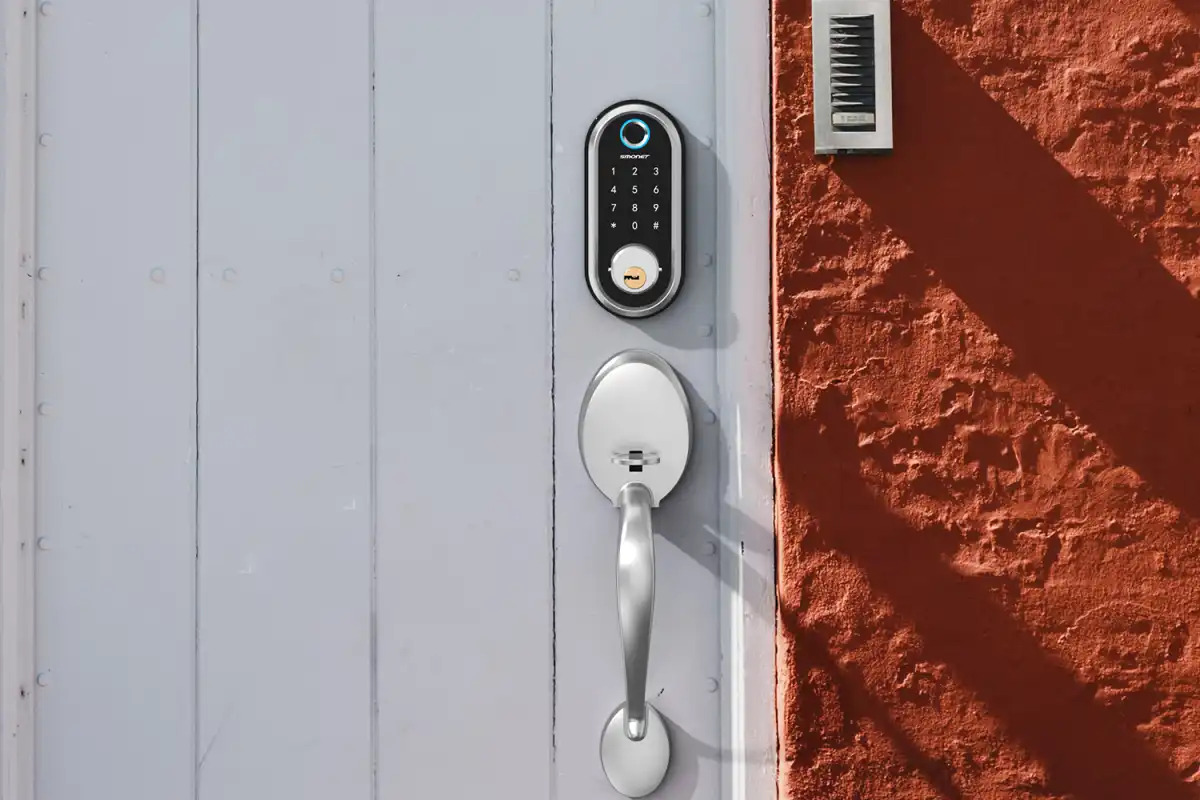
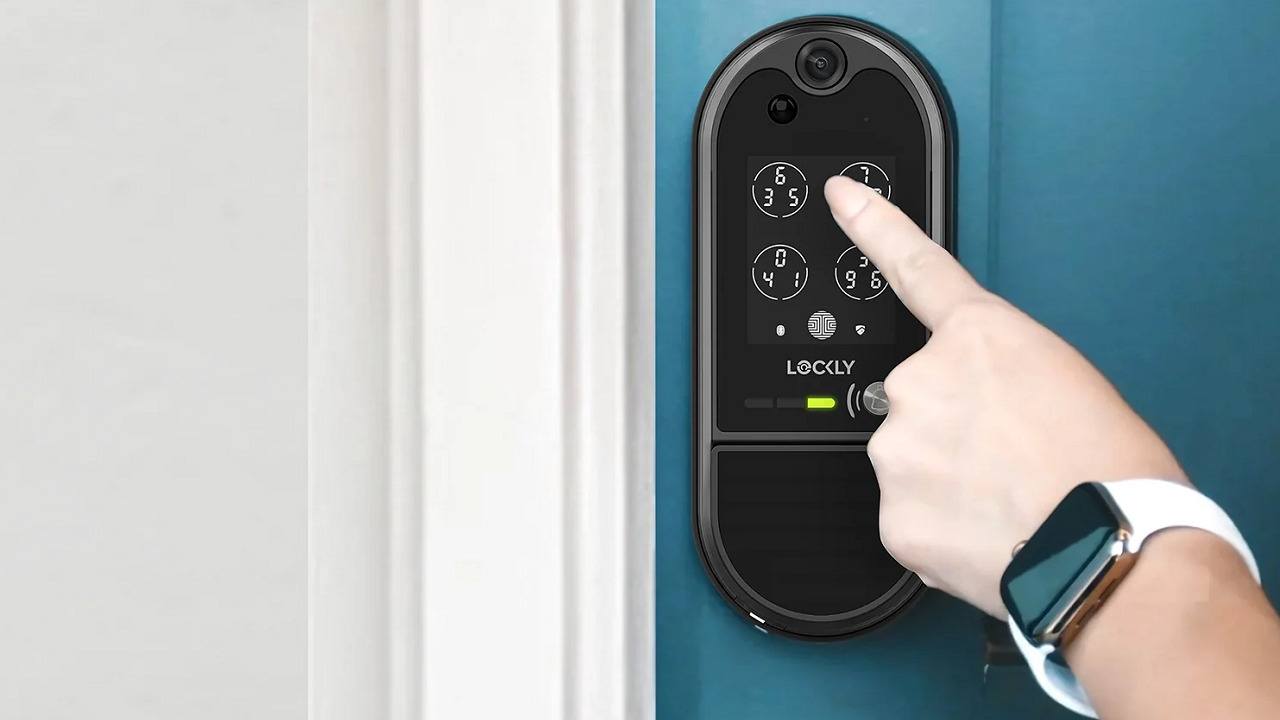
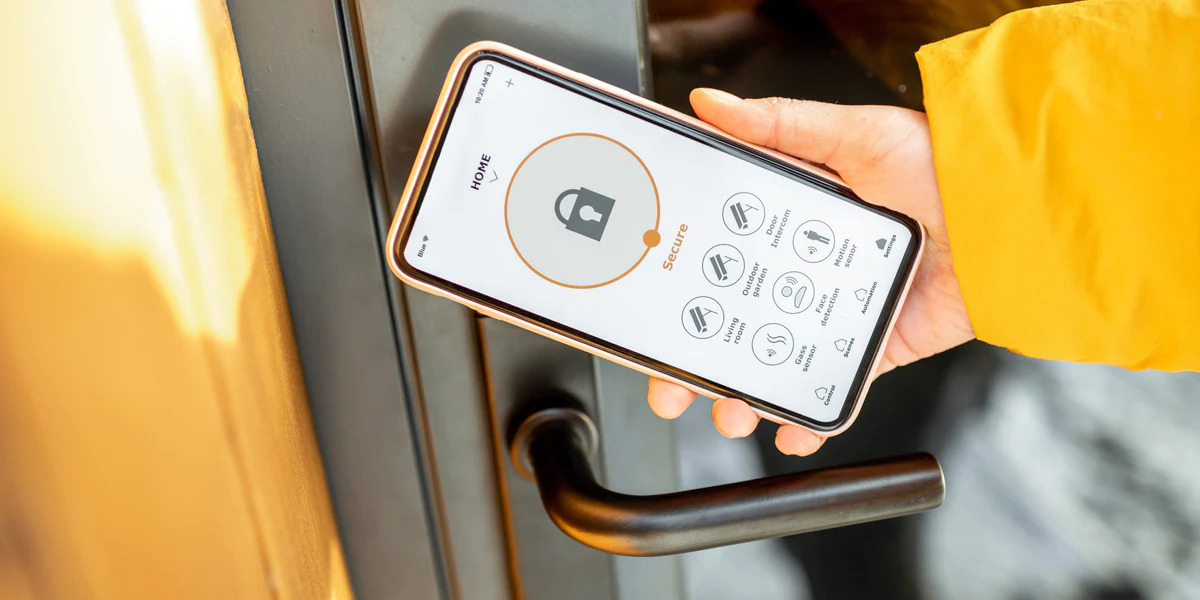
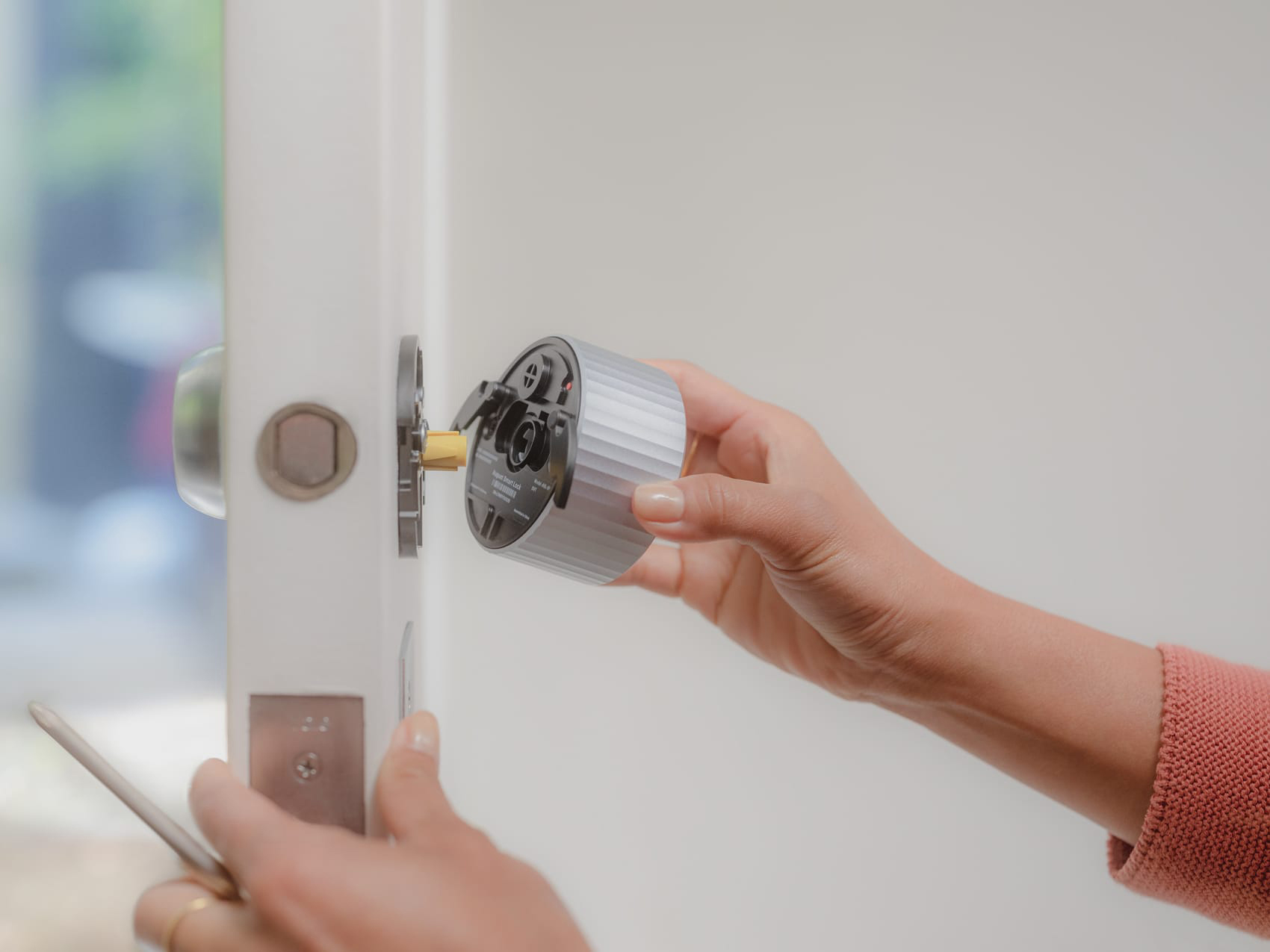
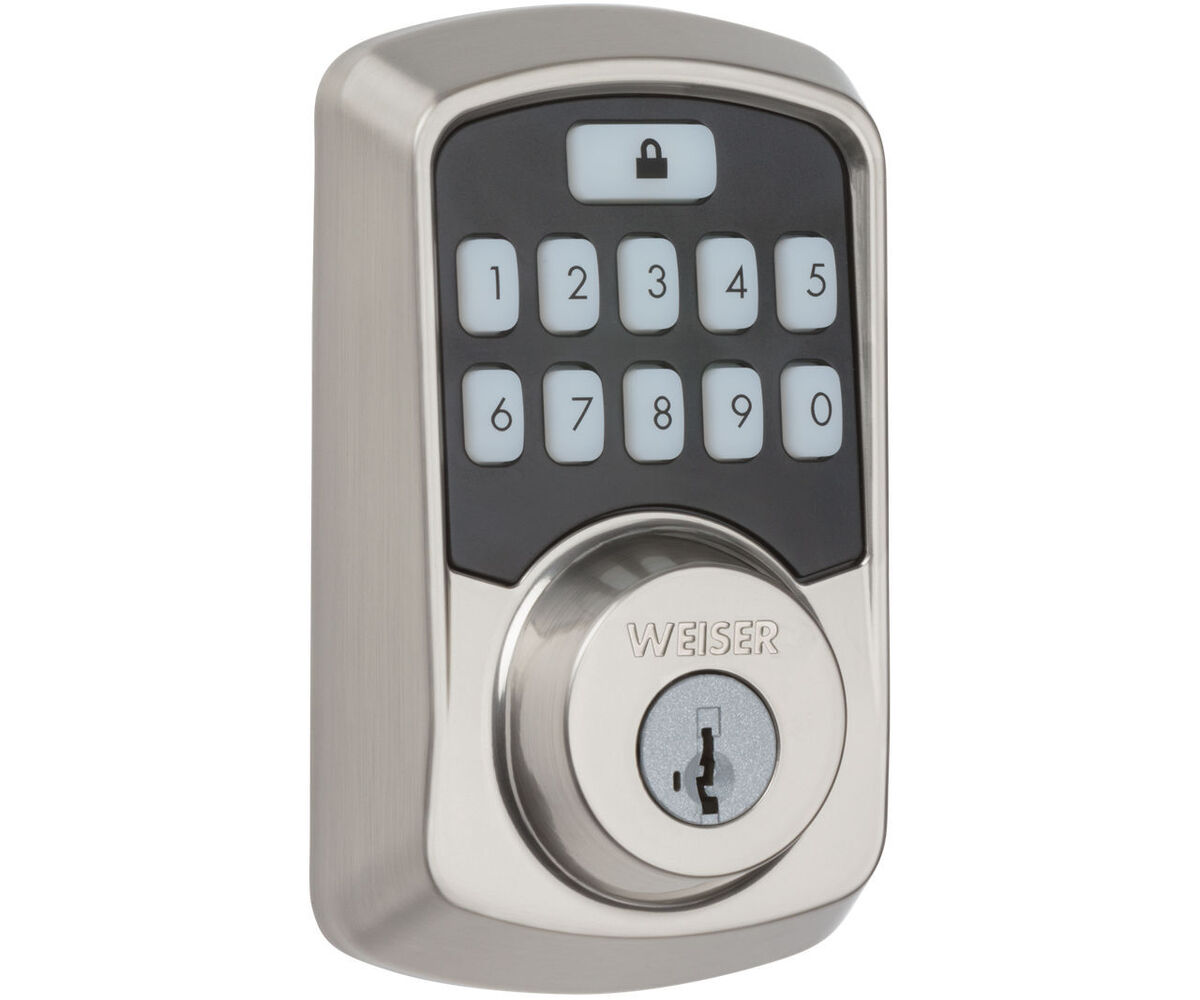
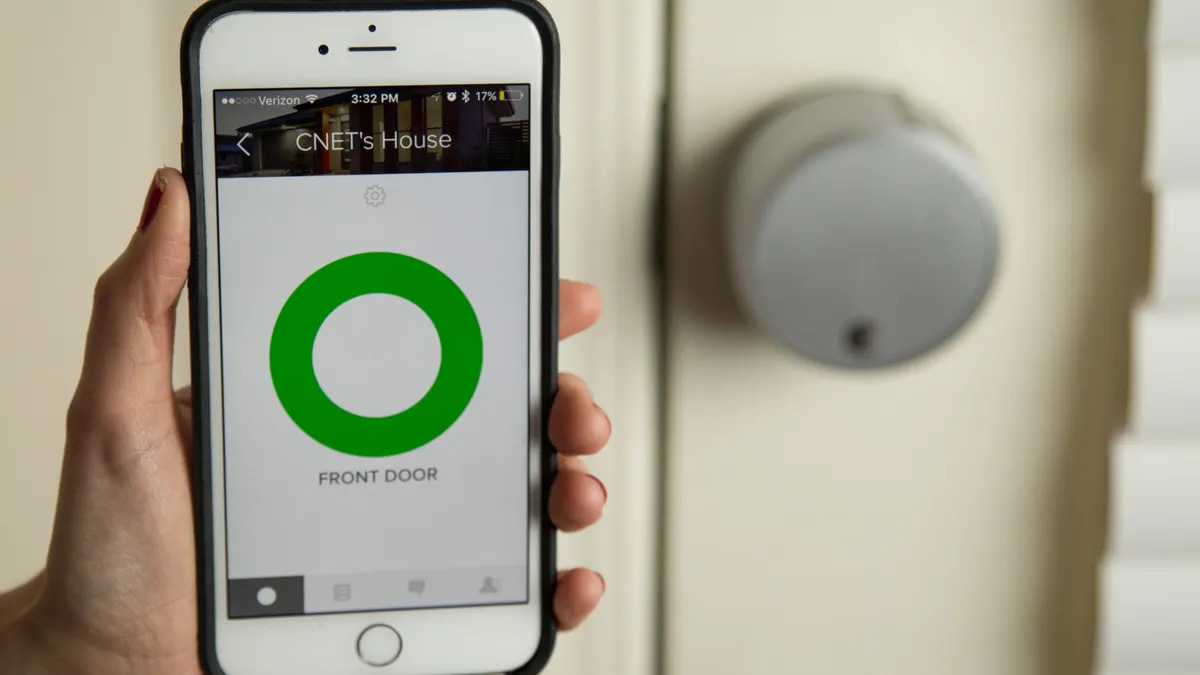
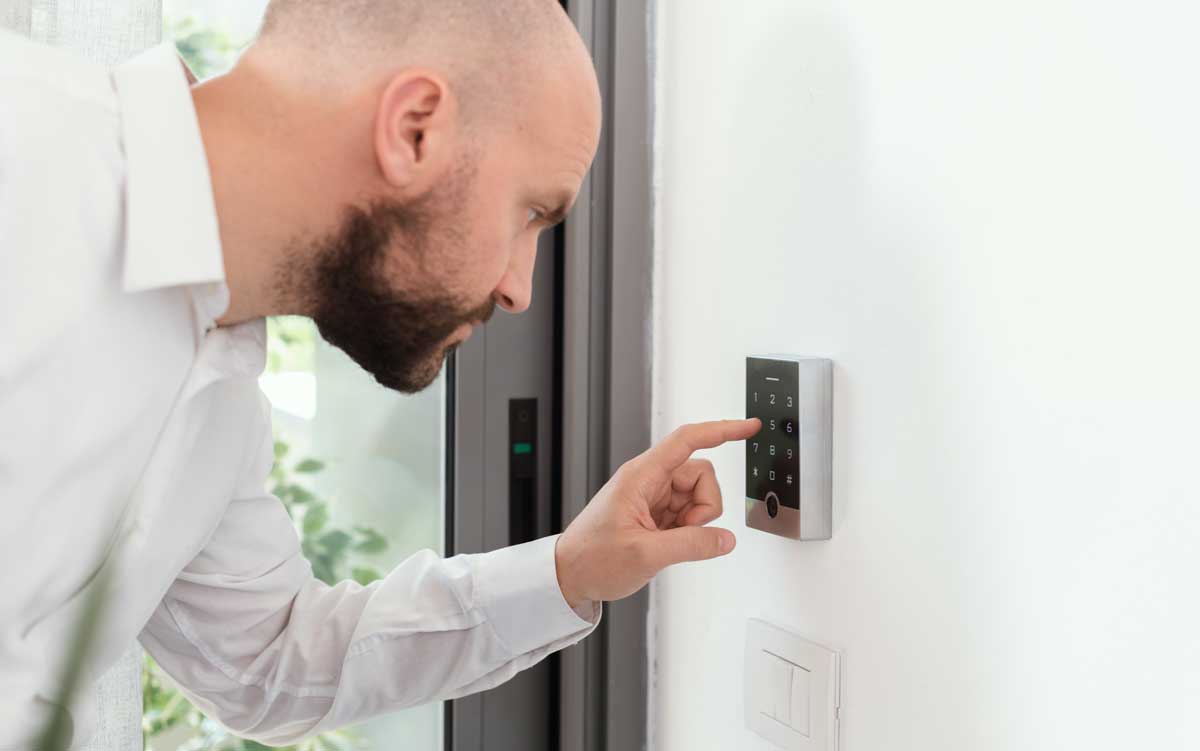
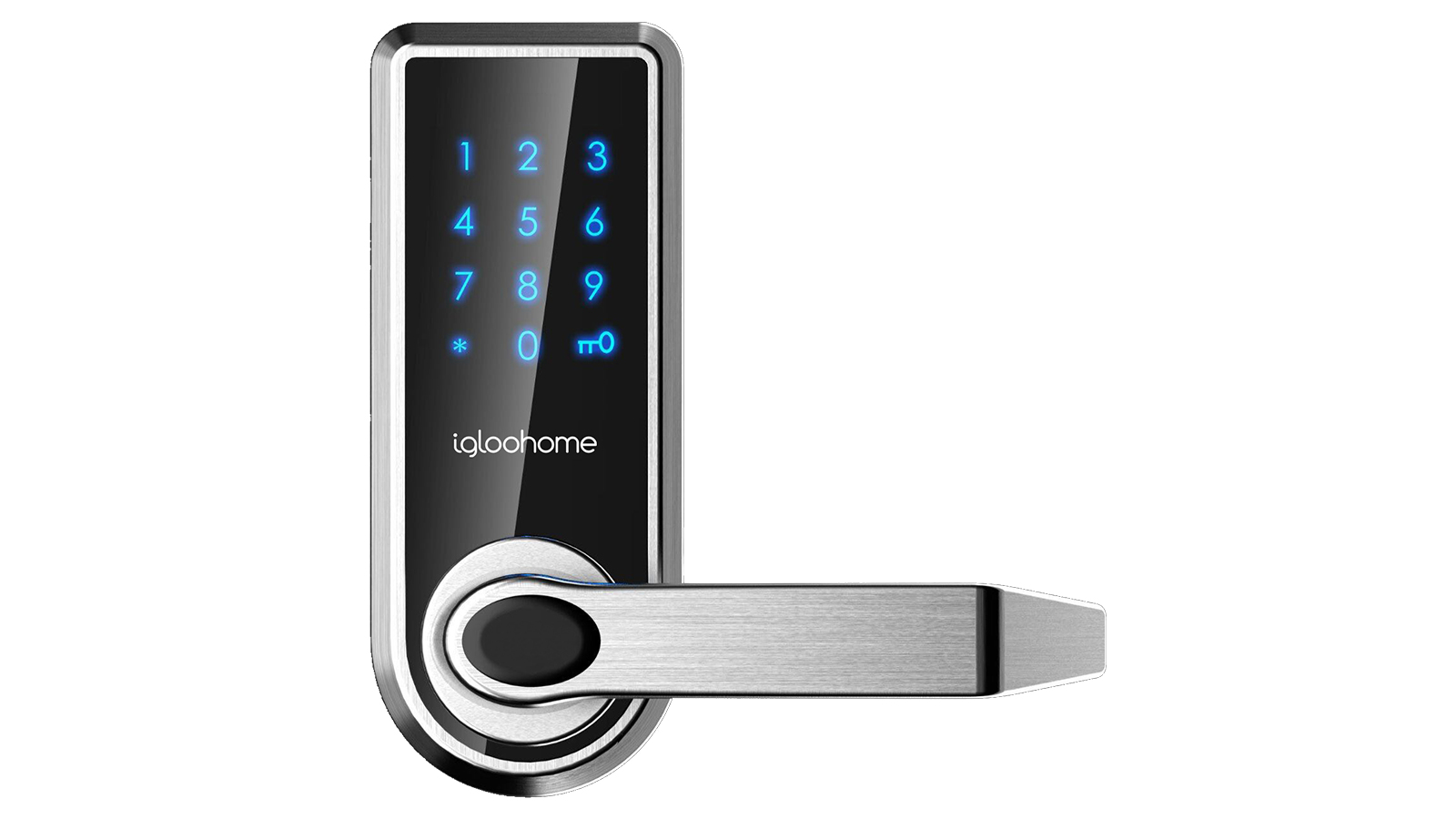
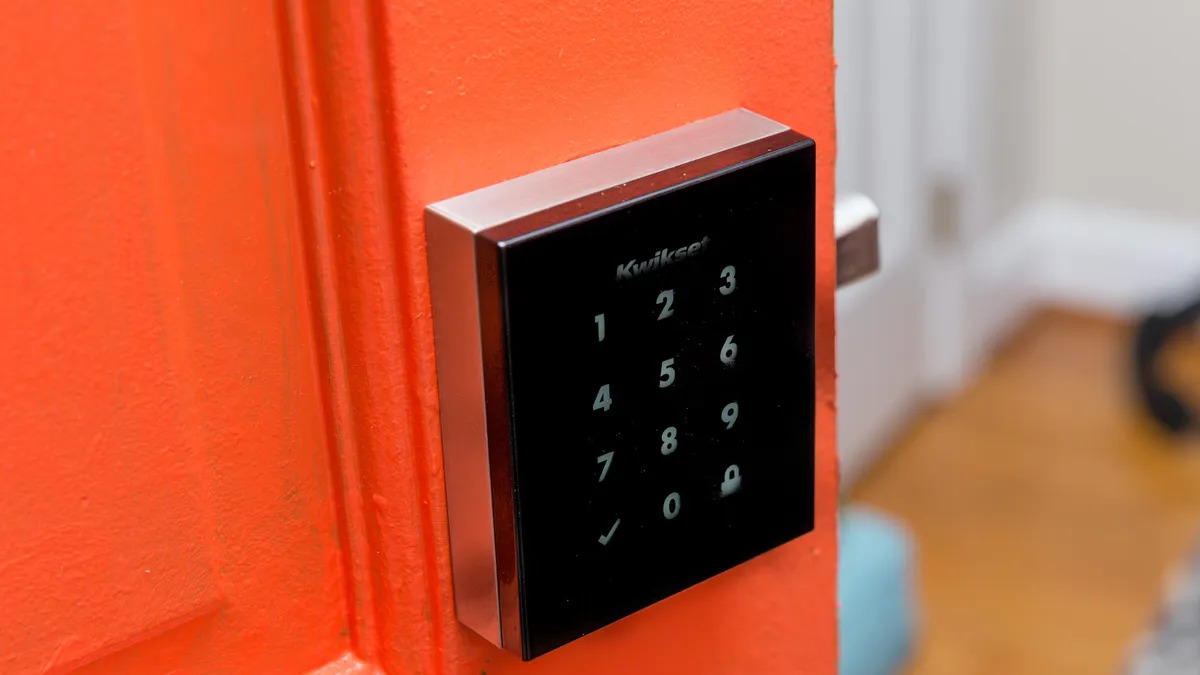
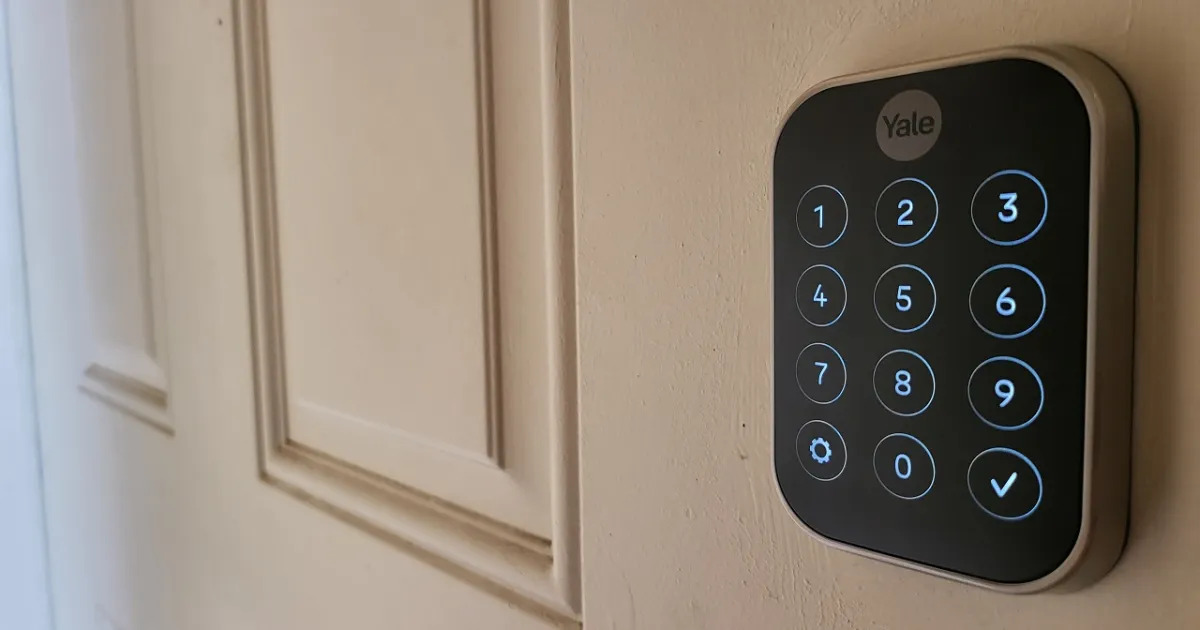
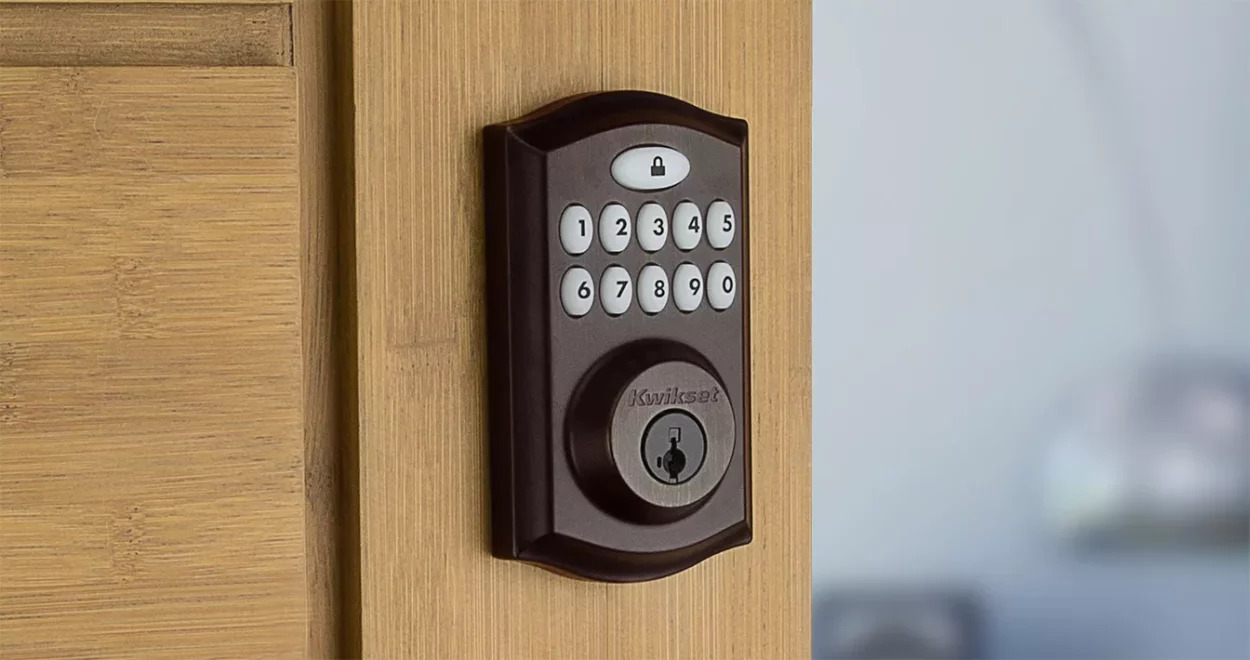
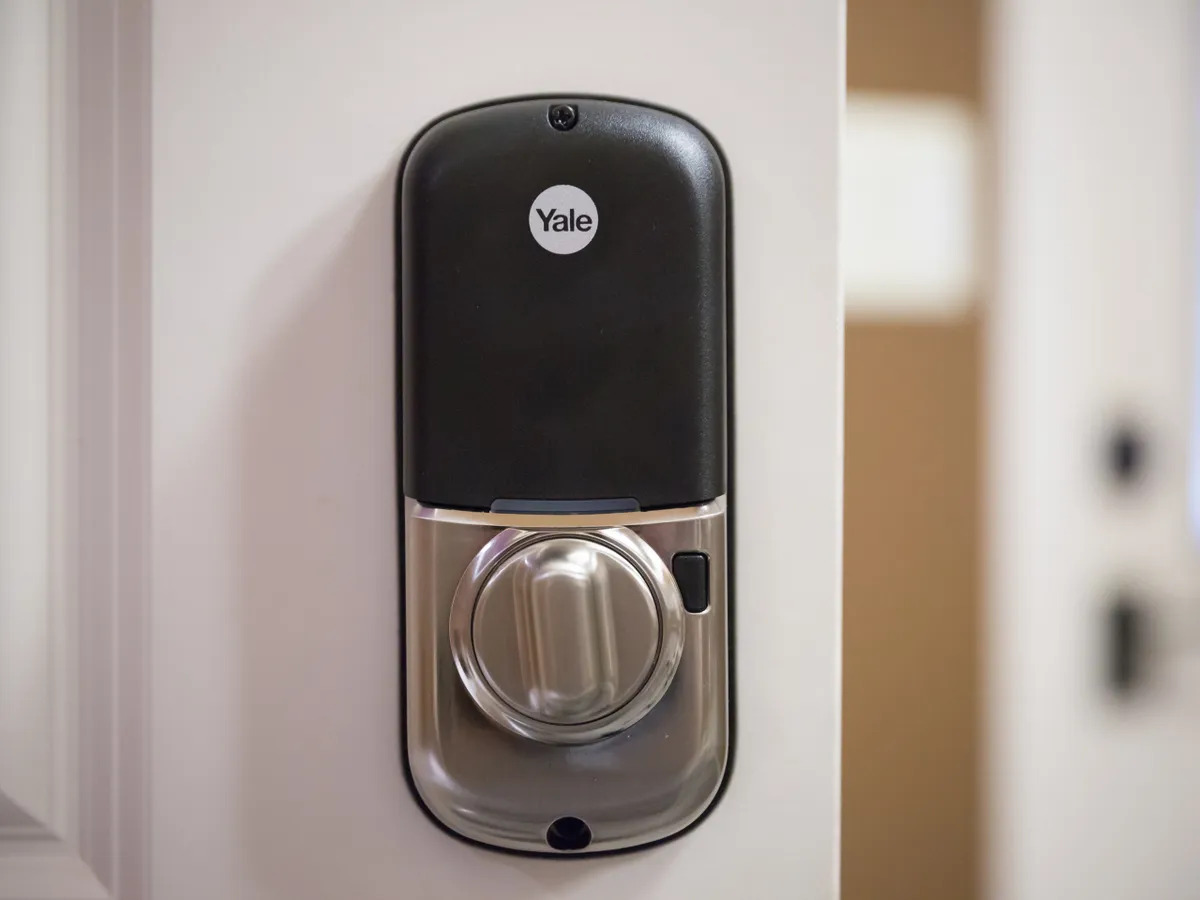
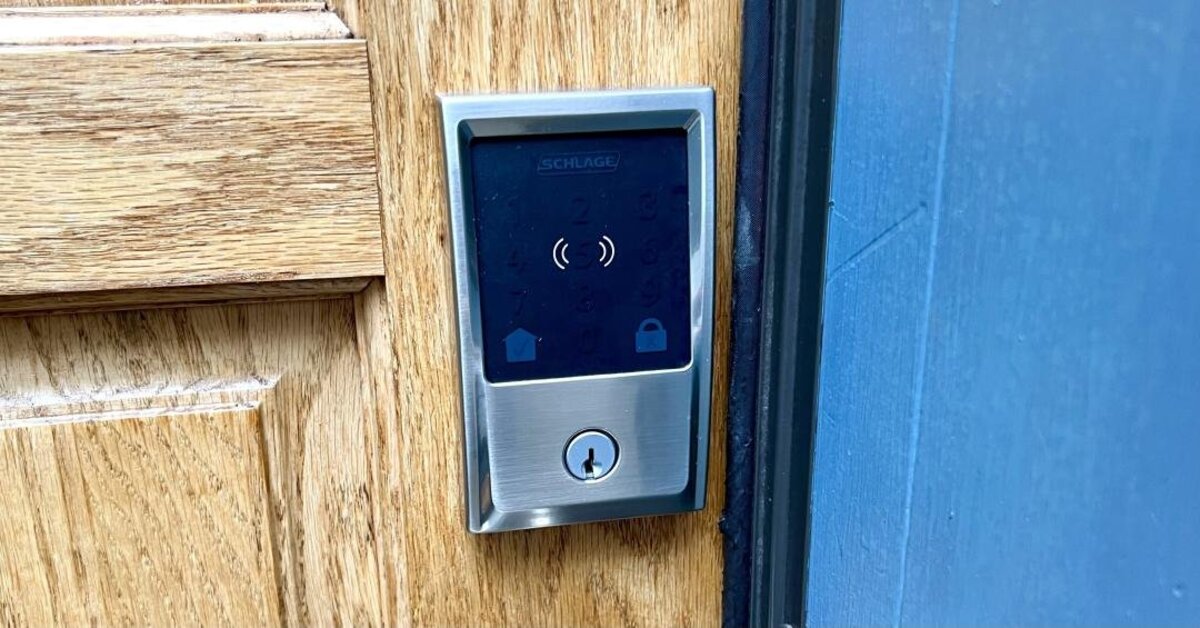
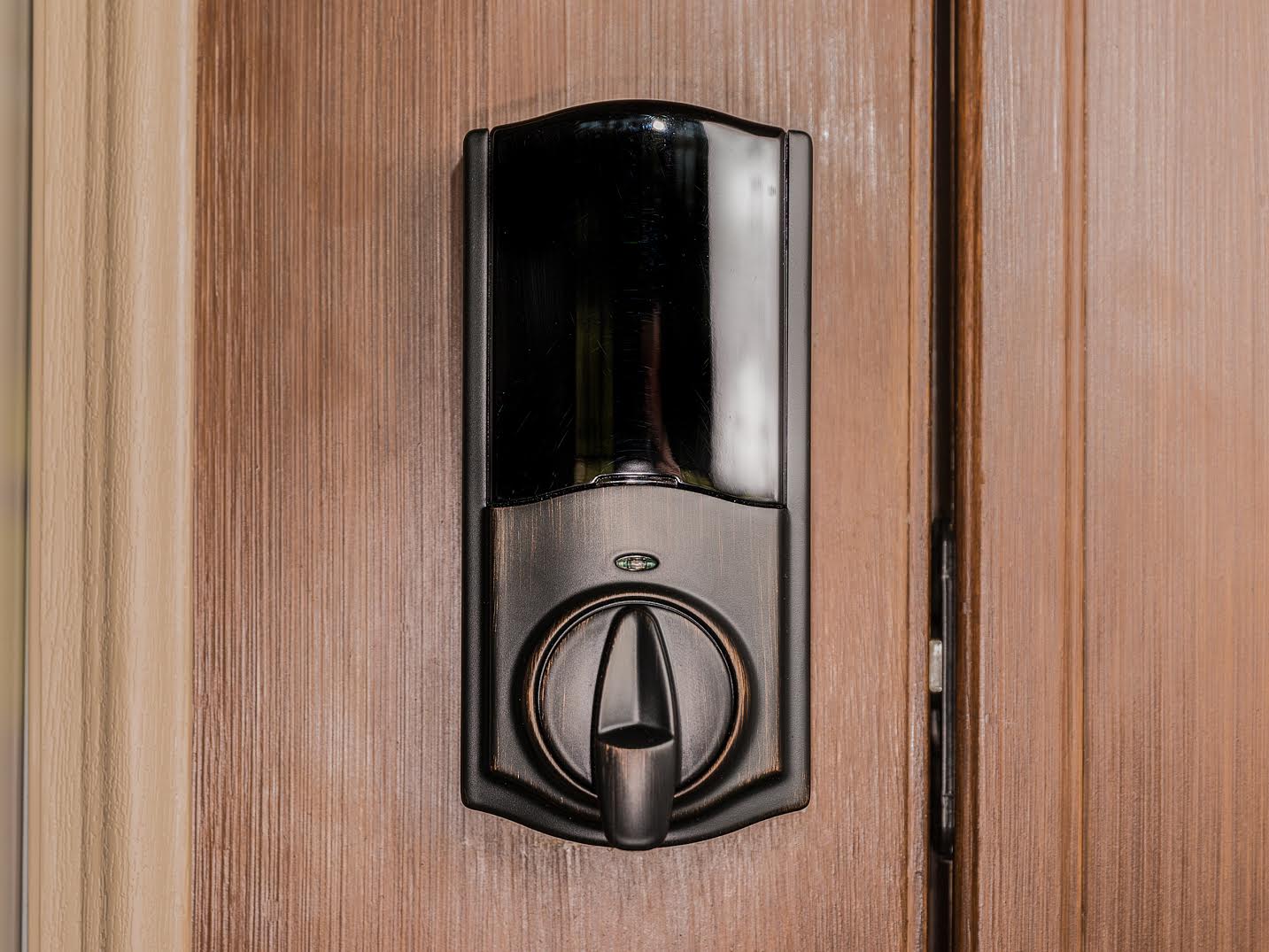

0 thoughts on “How To Choose A Smart Lock”